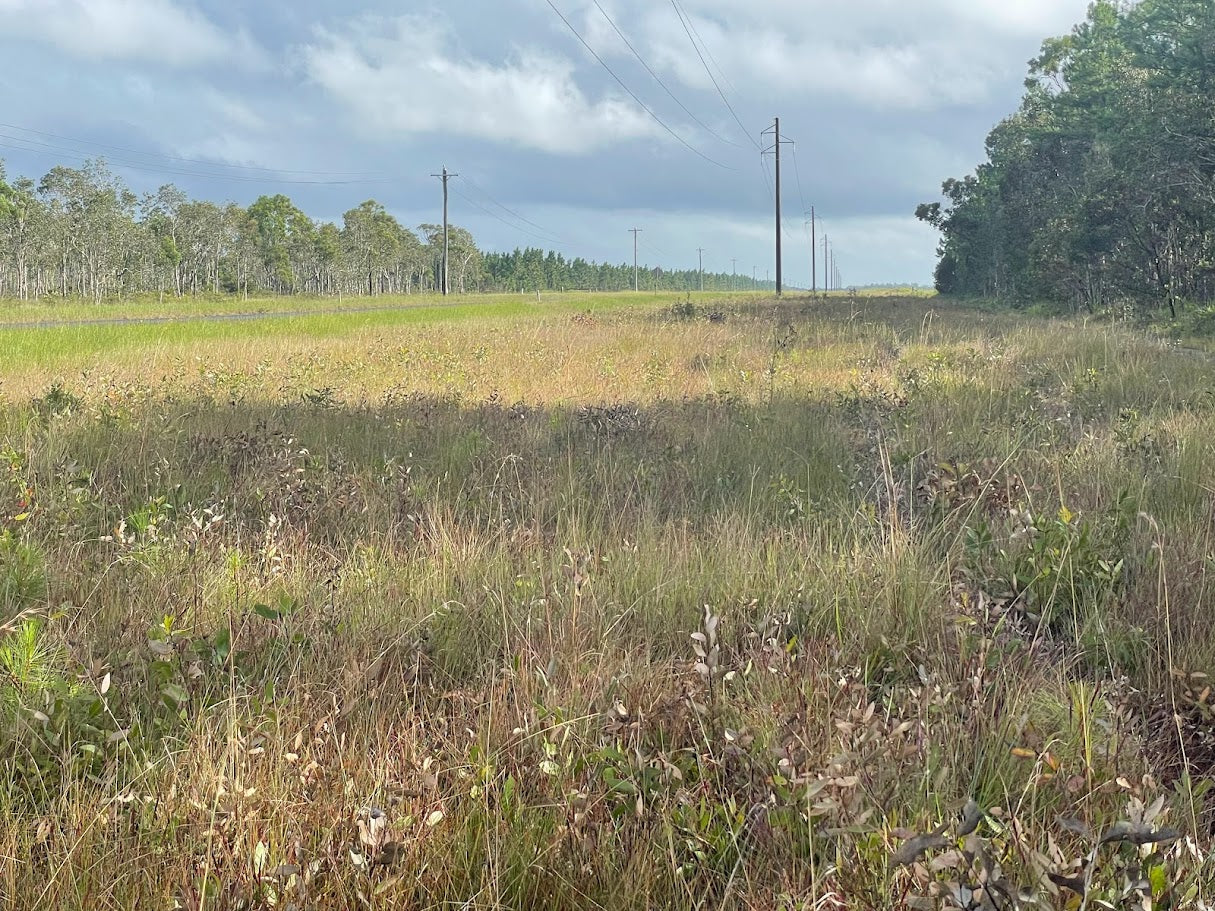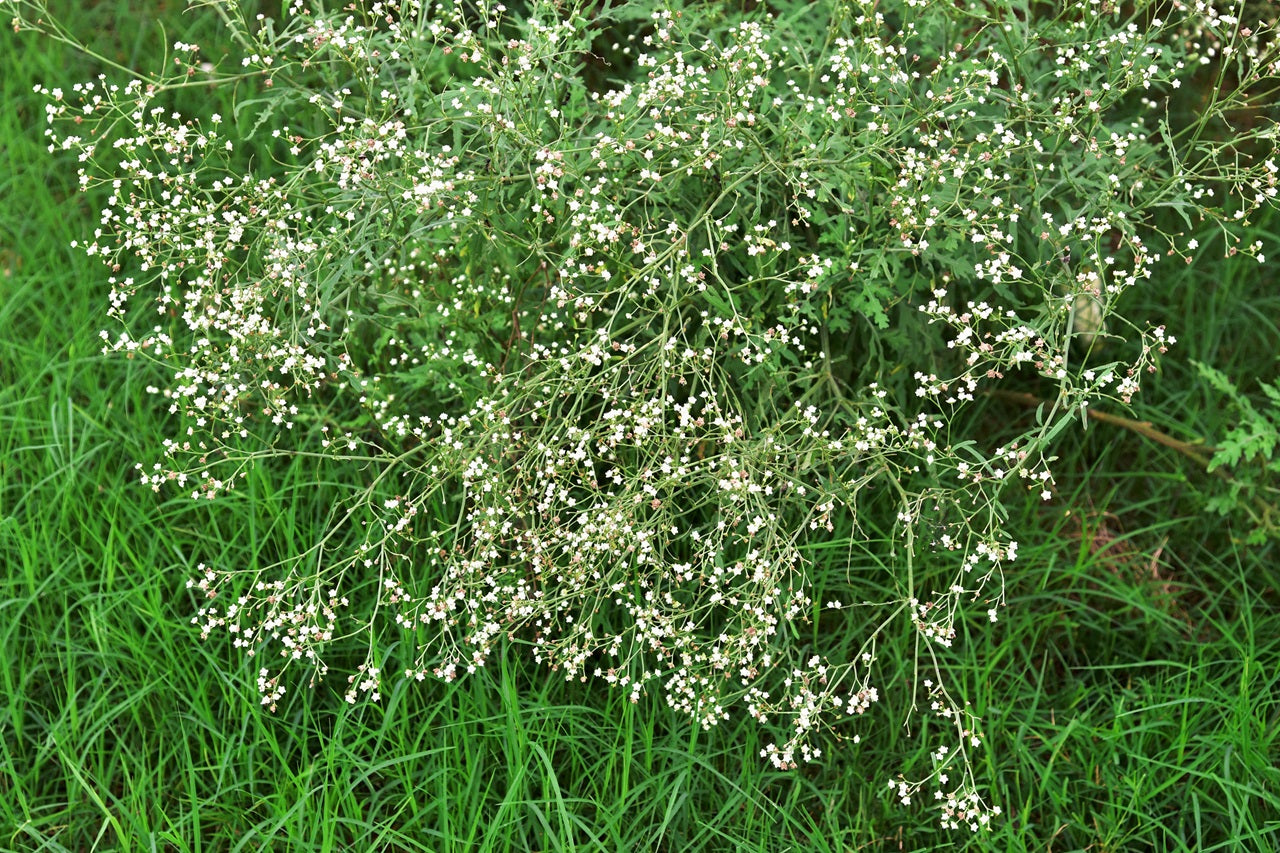
How Human Behaviour Impedes Successful Weed Management
Humans have always sought to impose structure on their environments—mapping landscapes, classifying species, enacting laws, and designing administrative systems. These frameworks are essential for order and collaboration. However, natural systems, particularly weeds, rarely conform to human constructs. This mismatch creates management gaps, inefficiencies, and frequent failures in control programs.
Physical and biological challenges
Weeds do not respect boundaries. They move freely across landscapes, aided by wind, water, animals, and human activity. Vehicles, machinery, and equipment spread seeds and propagules, yet effective hygiene practices such as washdown facilities are often absent. Once established in unmanaged areas, weeds become entrenched and difficult to control, undermining the work of adjacent land managers. These infestations often appear innocuous at first but can quickly spread with human transport systems facilitating spread over long distances in very short periods of time. This is exemplified by the rapid and widespread establishment of Dyschoriste throughout South-East Queensland, observed over recent years.

Economic barriers
Weed management is shaped by the 80/20 rule—controlling the final few weeds is disproportionately costly. Budgets are typically tied to administrative boundaries, stopping at the edge of one manager’s responsibility. This leaves infestations unchecked in adjoining areas, ensuring reinfestation. Further, herbicide and control product registrations often lag, limited to commercially viable scenarios. As a result, weeds are frequently widespread before resources and budget are in place to effect control over the emerging weed issue. The reality is there is a hidden cost in not managing weeds and across Australia it amounts to billions of dollars a year, but because this cost falls on others but responsibility to manage budget falls on the individual, the market failure prevails.
Administrative and interagency issues
Responsibility for weed control typically ends at property lines or agency jurisdictions. Without strong cross-boundary networks, management efforts become fragmented and inconsistent. Different land managers may hold conflicting priorities, and even when willingness to collaborate exists, disparities in resourcing can prevent effective action. This challenge is most evident in situations where the neighbouring land uses are not complementary, such as where linear infrastructure meets natural areas or primary production.
Legislative and regulatory constraints
The regulation of herbicides and control products differs between states and situations. While off-label permits can provide flexibility, the process is often inconsistent and restrictive, limiting opportunities for integrated, landscape-scale approaches. Questions also remain about the effectiveness of regulatory tools under current registration, as the return of significant infestations of weeds such as and ragweed suggests these weeds are being less effectively regulated in recent years.

Social perspectives on weeds
The definition of a “weed” is inherently subjective. A plant valued in one setting may be a pest in another. Pasture species can become invasive in conservation reserves; native plants may be unwanted in agricultural or urban contexts. These competing views create disputes over which species deserve priority, reducing consistency in management strategies across regions. Particularly where we consider pasture improver species, which are often considered weeds in all other contexts, but genuinely underpin billion-dollar export economies.
The importance of collaboration
Overcoming these challenges requires genuine collaboration that transcends physical, administrative, and conceptual boundaries. This means:
- Ensuring all land managers have access to effective tools and clear, science-based guidance.
- Creating unified regulations that promote consistency across jurisdictions.
- Building shared definitions of priority weeds to focus resources effectively.
Only through collective responsibility and coordinated effort can weed management succeed at scale.
Additional content
VIEW GWS' ADDITIONAL CONTENT TO LEARN MORE ABOUT THE WEED INDUSTRY

Towards Modern Vegetation Management: Solutions for Australia’s Linear Infrastructure
Understanding the Changing Vegetation Challenge Vegetation management across Australia’s linear infrastructure corridors is becoming increasingly complex. Roads, rail corridors, gas pipelines, elec...
Read more
Case Study: Parthenium Weed Hygiene
Introduction: The Necessity of Weed Hygiene Management Australia’s vast expanses and diverse land uses, from grazing pastures and cropping zones to natural bushland and urban corridors are u...
Read more
The Critical Role of Weed Hygiene in Effective Weed Management
Weed hygiene management is a cornerstone of effective biosecurity and sustainable land use in Queensland. The unchecked movement of soil, vehicles, stock, and equipment can inadvertently spread inv...
Read more
